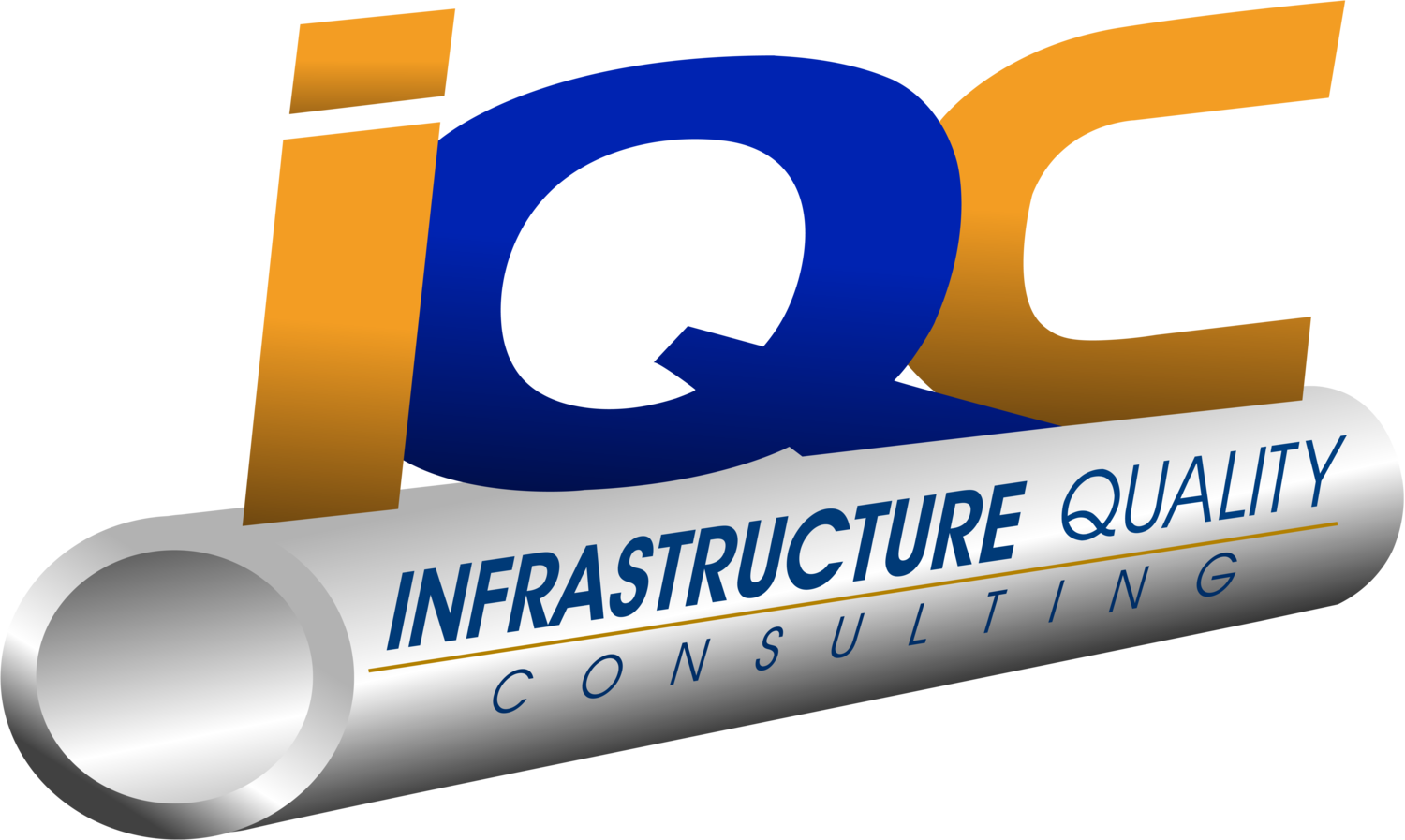Non-Destructuve Evaluation










Non-Destructive Evaluation is a broad group of techniques used to evaluate the properties of a material, component or system without causing damage. iQC offers a full range of non-destructive evaluation with over 20 years of experience running large scale extremely complex construction projects.
iQC Specializes in running large, fast paced infrastructure projects requiring multiple NDT technicians performing testing only during an allotted window of time, sometimes 24/7 for days or weeks. Our unique understanding of the staffing requirements of these physically and technically demanding projects makes iQC an extremely valuable asset to your team.
Phased Array and Conventional Ultrasonic Testing
Ultrasonic testing is a method of non-destructive testing techniques that uses the propagation of ultrasonic waves in the material being tested. Most commonly, very short ultrasonic pulse-waves are transmitted into materials to detect internal flaws, dimensional measurements, material characterization and more. iQC implements both conventional and Phased Array ultrasonic testing, depending on customer requierments.
Magnetic Particle Testing
Magnetic Particle testing is a non-destructive testing process for detecting surface and slightly subsurface discontinuities in ferromagnetic materials. The process puts a magnetic field into the material being tested to identify surface discontinuities. The presence of a surface or subsurface discontinuity in the material allows the magnetic flux to leak, since air cannot support as much magnetic field per unit volume as metals. Ferrous iron particles are applied to the material and if an area of flux leakage is present the particles will be attracted to this area.
Dye-Penetrant Testing
Also called liquid penetrant inspection or penetrant testing is a method of non-destructive testing techniques that uses penetrant and developer compounds to locate surface-breaking defects in non-porous materials. Dye-Penetrant testing is used to detect casting, forging and welding surface defects such as hairline cracks, surface porosity and fatigue cracks on in-service components.



